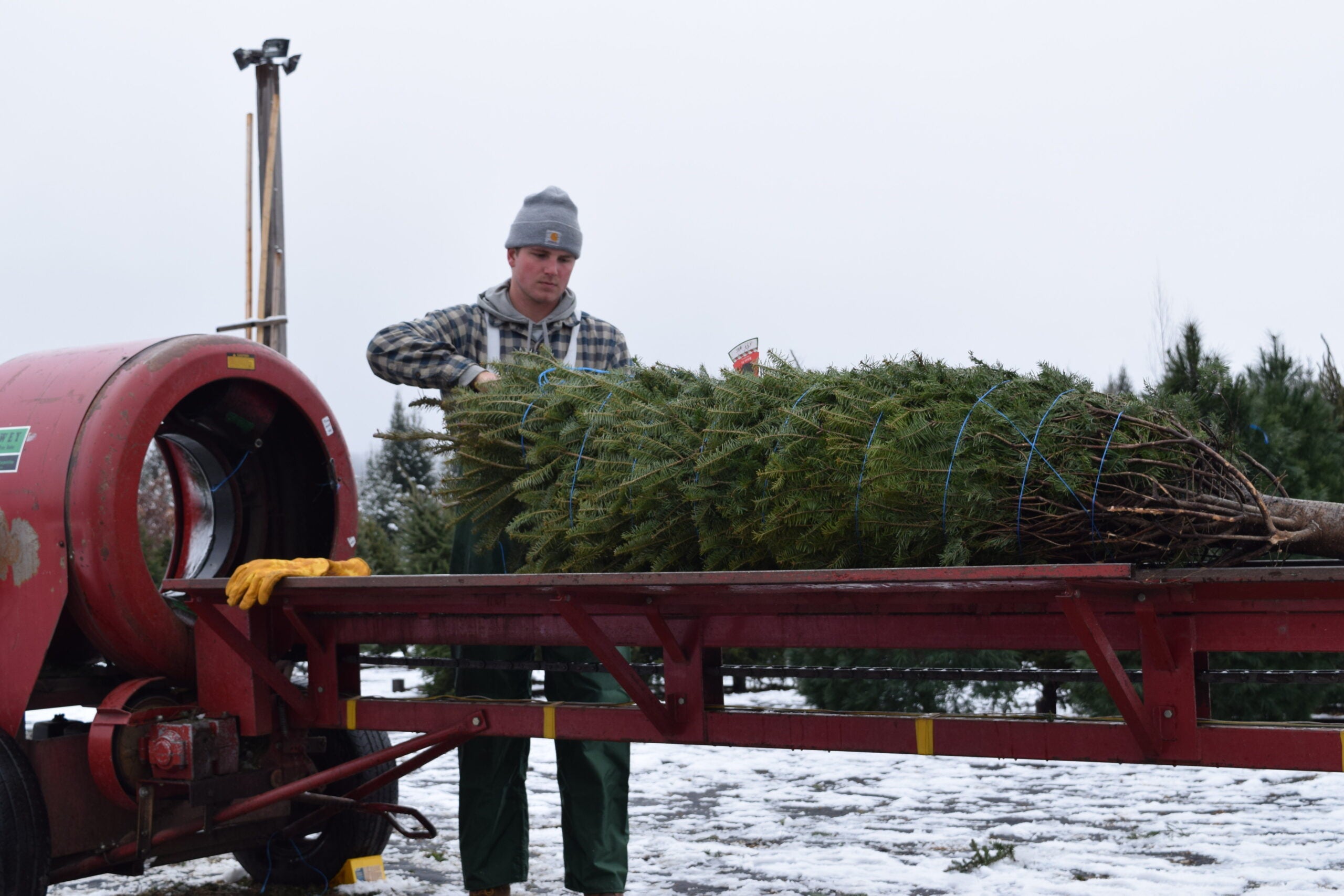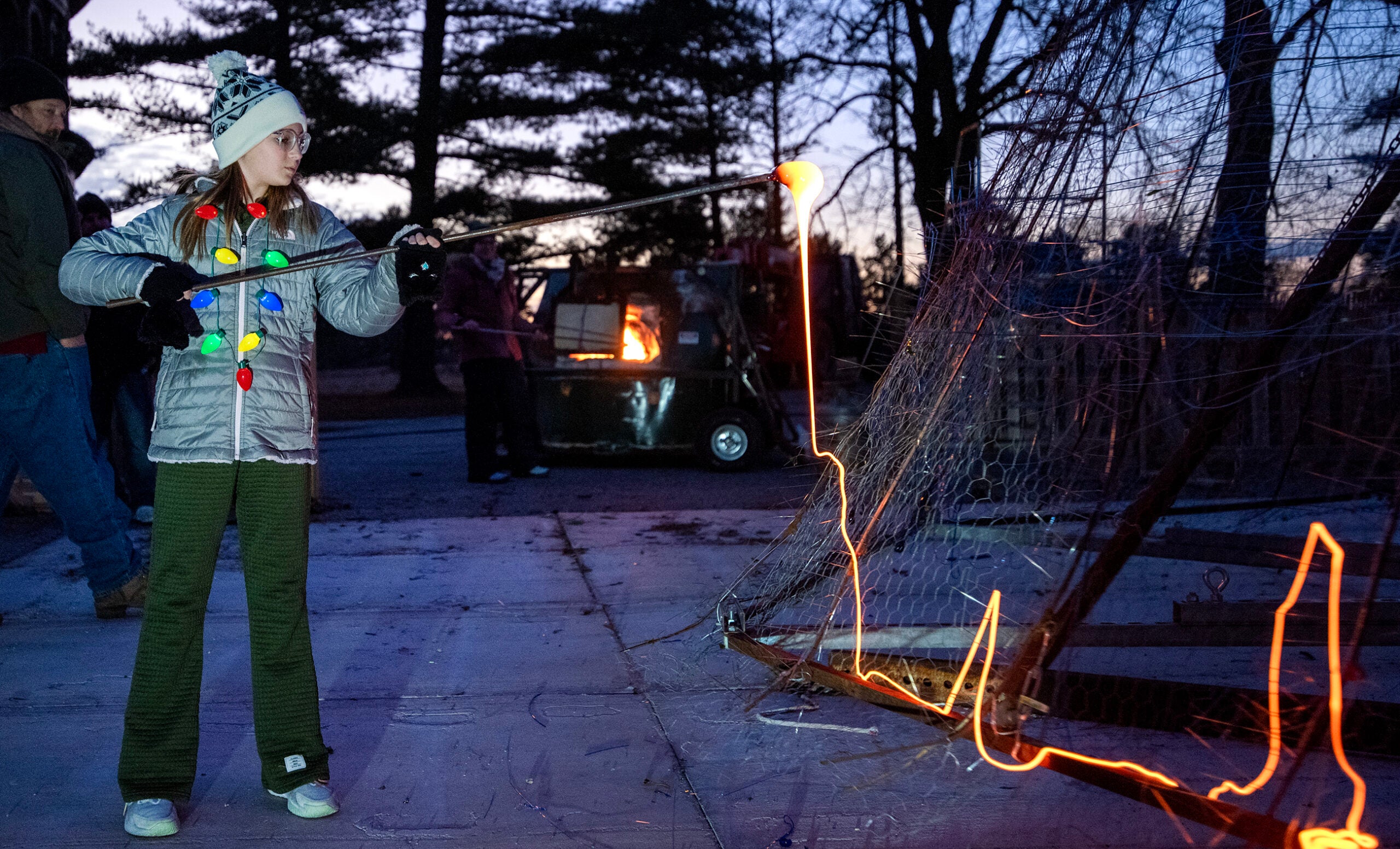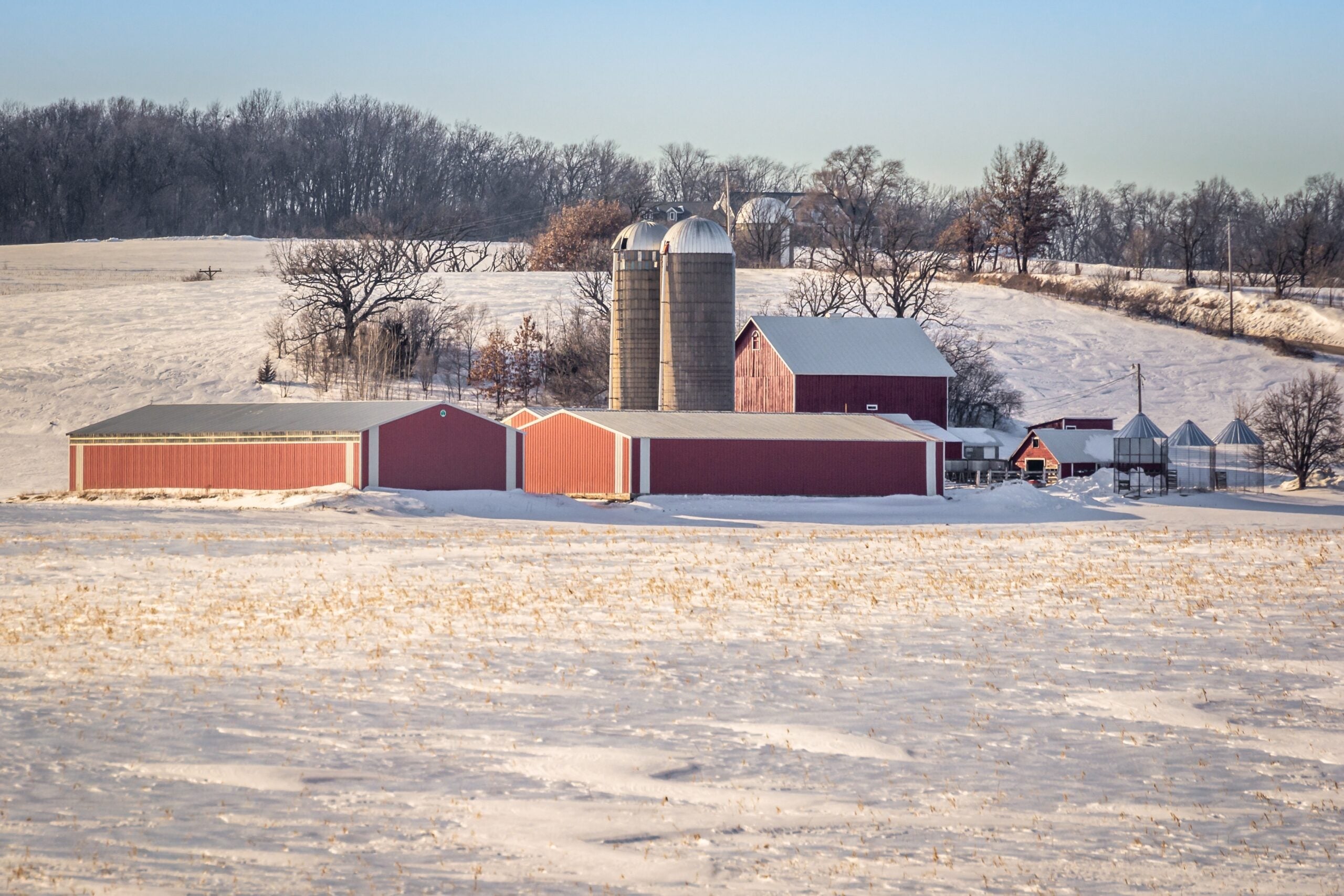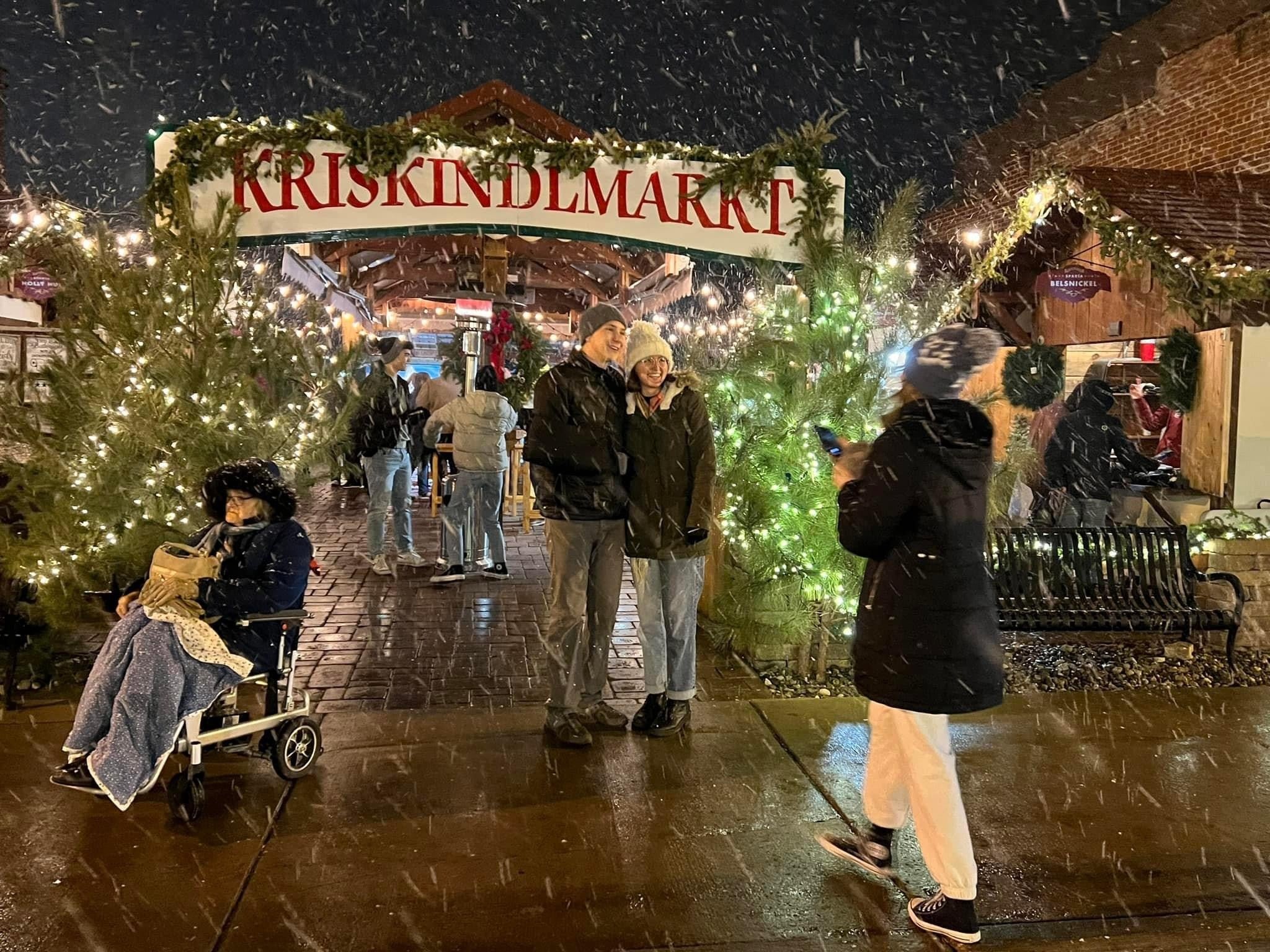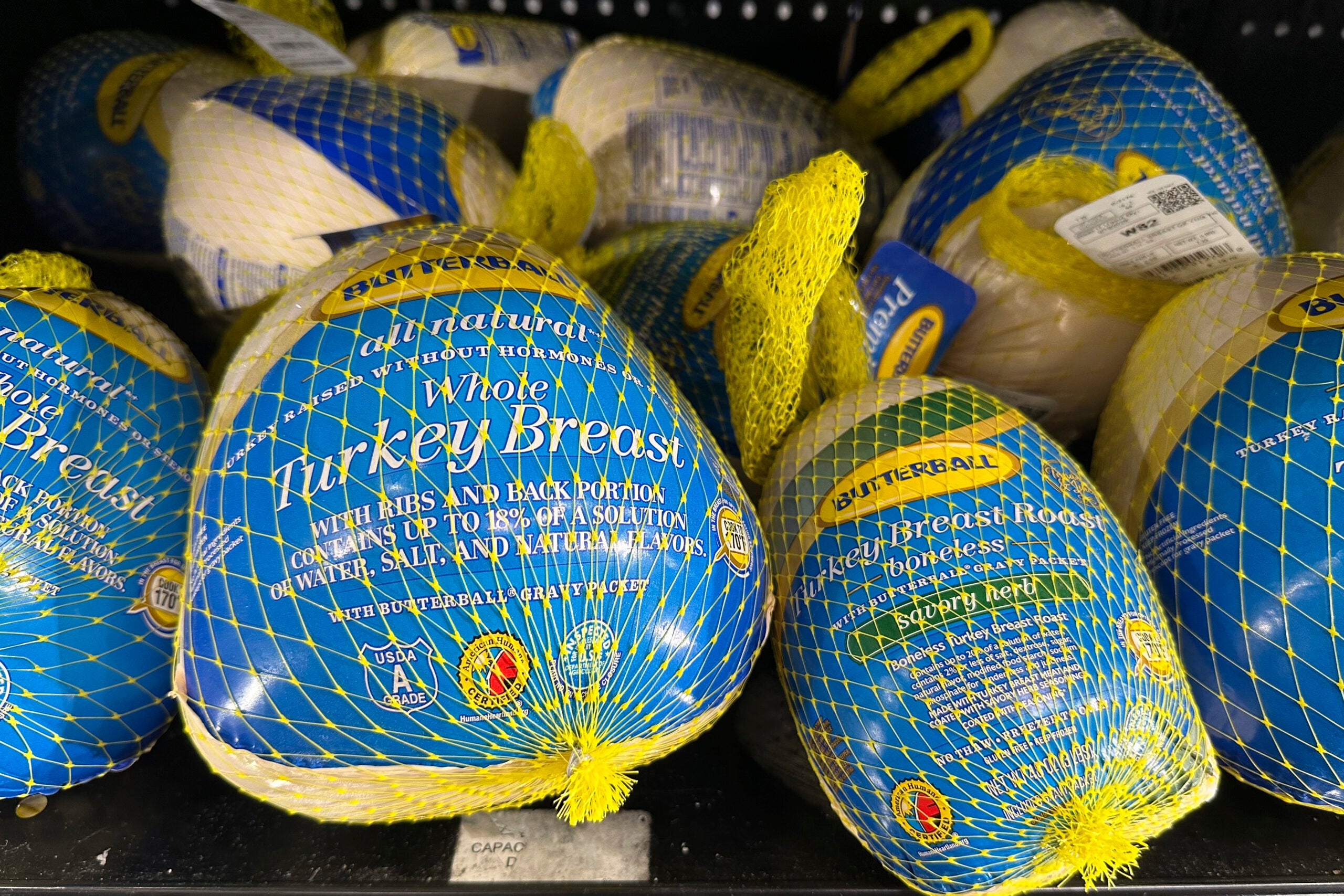With nationwide travel back to pre-pandemic levels this holiday season, fewer people are expected to be home for the holidays. And that has some Wisconsin Christmas tree growers anticipating a slow-down in tree sales this year.
Greg Hann, marketing director for the Wisconsin Christmas Tree Producers Association, said demand has been strong this year. But he’s expecting overall sales growth to be flat after two years of booming sales during the height of the COVID-19 pandemic.
“Our industry saw a huge spike during COVID and now people are getting back together with family in Florida or, ‘Let’s go and visit that family,’” said Hann, who also owns Hann’s Christmas Farm in Dane County. “So (sales are) starting to plateau a little bit.”
Stay informed on the latest news
Sign up for WPR’s email newsletter.
But an end to the pandemic boom isn’t necessarily bad for tree growers in the state. Hann said the more normal pace is a chance for producers to catch up on producing larger tree sizes that take more growing years.
“Growers who had some six- and seven-foot trees that they were hoping to save to grow into eight-, nine- and 10-foot trees, they decided to cut them (in 2020 and 2021) because there was a huge demand,” he said.
By cutting fewer trees this year, Hann said growers should be able to get back on track as they plan over their crop’s 10-year cycle from planting to harvest.
But some farms that focus on providing an in-person experience say they’re as busy as ever this year.
Therese Olson, owner of Lowes Creek Tree Farm outside of Eau Claire, said 60 percent of their farm’s income comes in during the weekend after Thanksgiving and the first week of December. This is the farm’s 32nd year in business.
“We’ve seen an increase over the last three years based on the last two weekends,” Olson said. “We have again seen new customers come and want to celebrate with a real Christmas tree.”
Christmas tree growers haven’t been exempt from the impact of inflation this year. Hann said producers have had to spend more on fertilizer to grow the trees, fuel to transport them locally or nationally and labor throughout the process. That’s caused growers to raise tree prices for customers an estimated 10 percent this year.
Hann said competing for workers has been especially difficult for the industry in Wisconsin.
“When you see huge companies that are offering $20, $25 an hour, it’s hard for us as small businesses to find employees, so we’re going to have to raise our labor costs,” he said.
For Olson and her husband, she said they had to spend more on labor and insurance for their farm this year. But fertilizer has been the biggest expense.
“We have never seen our fertilizer more than double. Over the years it has creeped up a little bit, just because it is a petroleum product, but this year it went up 105 percent,” she said.
With consumers feeling the impact of higher prices at home, Olson said they’ve tried to spread the increases across their products, from trees, wreaths and other decor to items in their gift shop, so that there’s still something for every price range. She said they’ve also been lucky to hear from customers who understand the work and inputs needed to grow the holiday decor each year.
Keeping that consumer appreciation alive is important to the industry during what Hann described as a transition much like what’s happening in the dairy industry, with the owners of small tree farms aging out. Hann said the state growers’ association has been focused on reaching out to farmers whose family may have focused on other commodities in the past and now have unused pastures or less profitable crop land that could be easily converted to trees.
“We’re going to the farm technology days and those kinds of things and talking about Christmas trees as a specialty crop. And teaching them that really, you put 5,000 trees in 5 acres and the money that you get back after your 10 years, it’s good money,” he said. “Five thousand trees is great for our industry at a time when we need more trees.”
Hann said that’s how the state’s Christmas tree industry got started in the first place, with farmers and landowners harvesting the naturally growing evergreens from their property. Now, Wisconsin is the fifth-largest producer of Christmas trees in the nation, with more than 850 farms, according to the Wisconsin Farm Bureau Federation.
Hann said encouraging more landowners to get started, even in a small way, and take advantage of the natural conditions ideal for evergreens is key to keeping the tradition alive in Wisconsin.
Wisconsin Public Radio, © Copyright 2025, Board of Regents of the University of Wisconsin System and Wisconsin Educational Communications Board.

